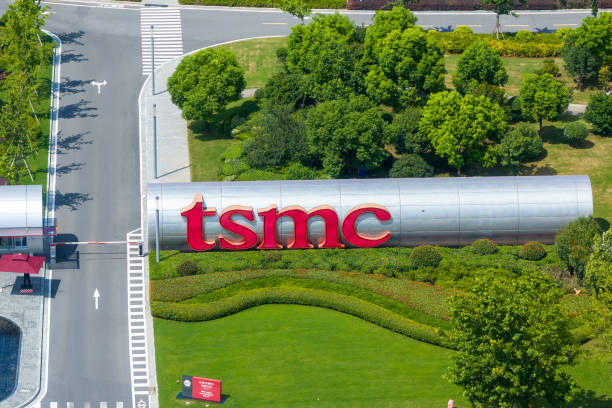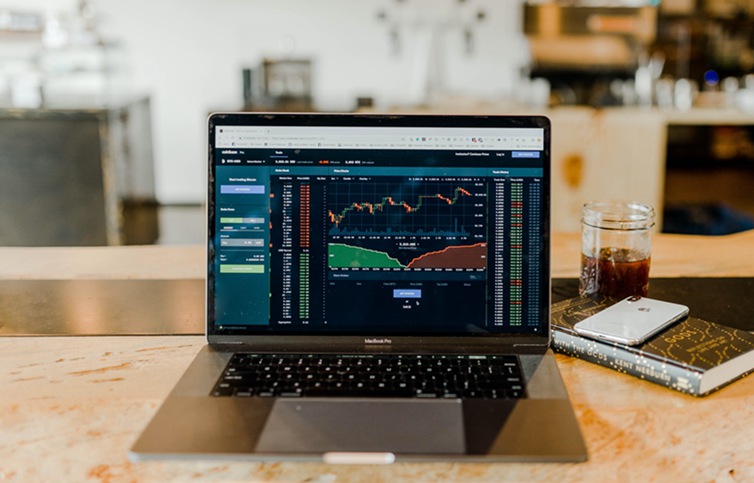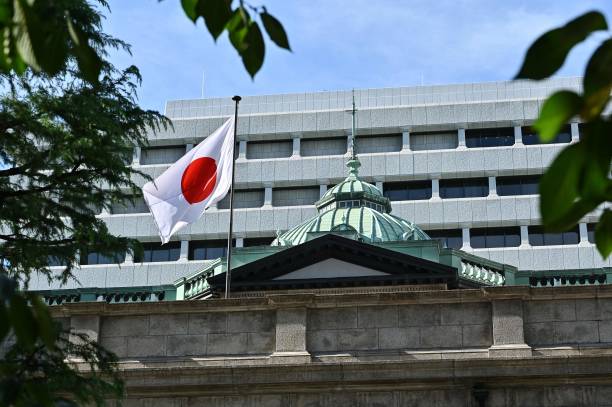INSTANT VIEW-ECB cuts rates again to buffer economy from U.S. tariff hit

LONDON, April 17 (Reuters) - The European Central Bank cut interest rates for the seventh time in a year on Thursday, looking to prop up an already struggling euro zone economy that will take a knock from U.S. tariffs.
The ECB has been lowering borrowing costs as post-pandemic price pressures retreat, and recent trade-related turmoil on global markets is adding to the case for further policy easing.
The euro extended falls after the decision and was last trading at $1.1339, down 0.5% on the day, having traded at $1.1367 just before EUR=EBS.
Germany's 2-year bond yield was last up 2.5 basis points at 1.77%, having traded around 1.807% earlier DE2YT=RR.
Europe's broad STOXX 600 index was down 0.34% .STOXX, holding lower on the day.
COMMENTS:
DEAN TURNER, CHIEF EURO ZONE ECONOMIST AT UBS GLOBAL WEALTH MANAGEMENT, LONDON:
"Policymakers are seeking to strike a balance between dovish impulses—such as concerns over growth, inflation, and ongoing trade conflicts—and more hawkish developments, particularly in relation to fiscal policy, notably from Germany.
Importantly, the ECB is keeping its options open regarding the future path of interest rates. We expect another rate cut in June, with the possibility of further easing later in the year, depending on how trade negotiations progress."
KIRSTINE KUNDBY-NIELSEN, FX ANALYST, DANKSE BANK:
"It has a dovish tone. Focus has shifted to looking at the downside risk to the growth outlook, rather than upside risk to inflation."
"It's growth that they're focusing on because of the trade policy uncertainty."
MARCHEL ALEXANDROVICH, ECONOMIST, SALTMARSH ECONOMICS:
"With no clarity on the scale and the impact of U.S. tariffs, the ECB blocks out the political noise and responds to the weaker-than-expected domestic inflation data. Another 25-bp rate cut pushes interest rates closer to neutral and the Governing Council drops the word “restrictive” from its policy statement. However, it still leaves the option of a rate cut in June on the table."
NATASHA MAY, GLOBAL MARKET ANALYST, JPMORGAN ASSET MANAGEMENT:
"The ECB chose continuity today, sticking with their tried-and-tested formula of a 25-bp rate cut accompanied by little to no guidance about the future policy path. This might appear a sensible strategy, given huge uncertainty about future global trade relations. But considering the economic backdrop, there is no need for the ECB to be so hesitant.
Wherever tariff rates settle, most members of the ECB’s Governing Council seem to agree that trade tensions will weigh more on eurozone activity – and therefore medium-term inflation – than they will directly boost prices. This implies the ECB should take rates below its estimate of a 1.75 to 2.25% neutral range, especially given near-term deflationary pressures stemming from a stronger euro and lower energy costs."
ZSOLT KOHALMI, GLOBAL HEAD OF REAL ESTATE AND CO-CEO, PICTET ALTERNATIVE ADVISORS:
"Looking ahead, we expect the central bank to continue loosening monetary policy: the euro area’s economy is set to grow by less than 1% this year, and inflation is expected to decline below 2% in 2026. Several rate cuts will mean the headwinds of the past years for real estate can turn direction and become tail winds."
YAEL SELFIN, CHIEF ECONOMIST, KPMG:
"The ECB remained cautious in its statement, opting to keep its options open, amid the ongoing trade uncertainty. However, the ECB highlighted that the outlook has deteriorated, signalling that it will likely continue easing rates in upcoming meetings. With the net impact of tariffs likely to be deflationary, this could allow the ECB to cut rates below the lower range of its neutral rate estimate if needed."




